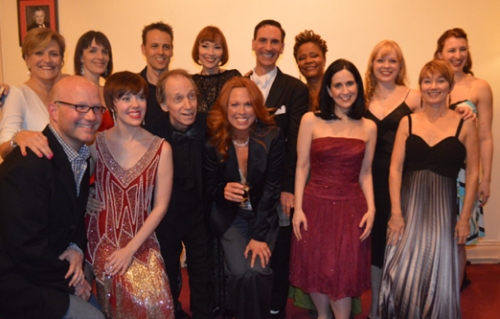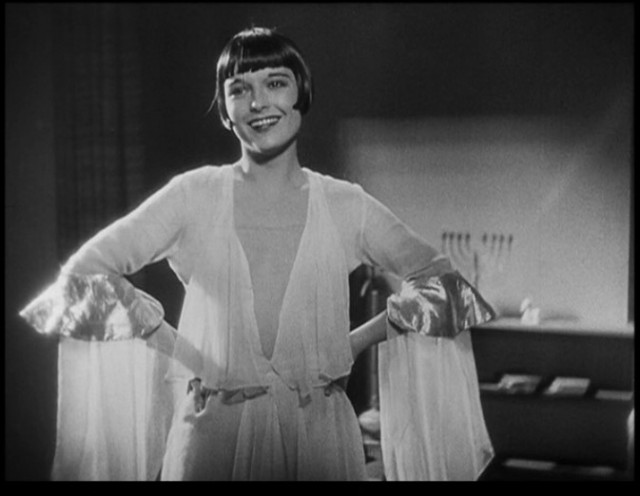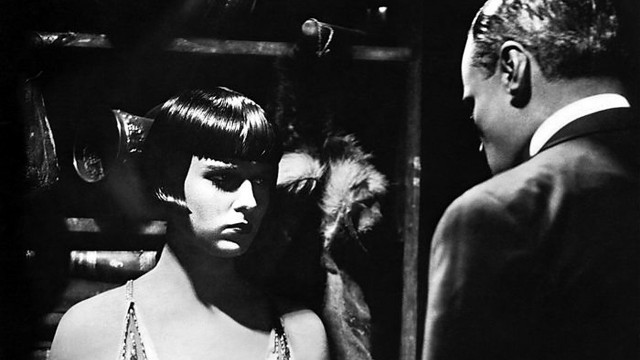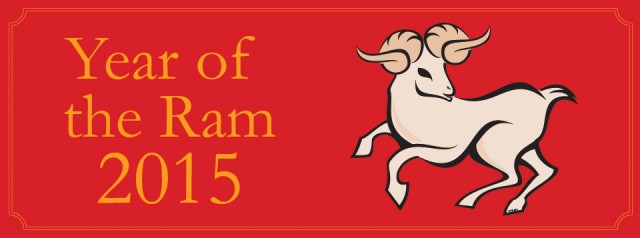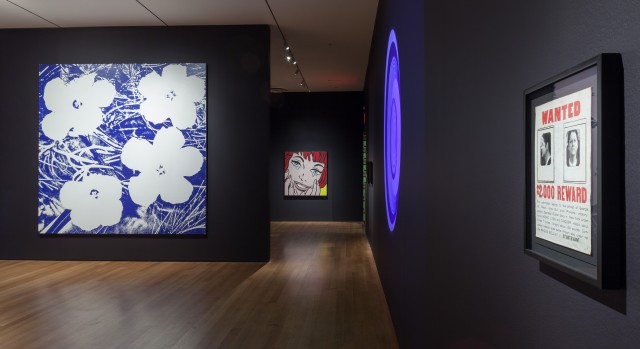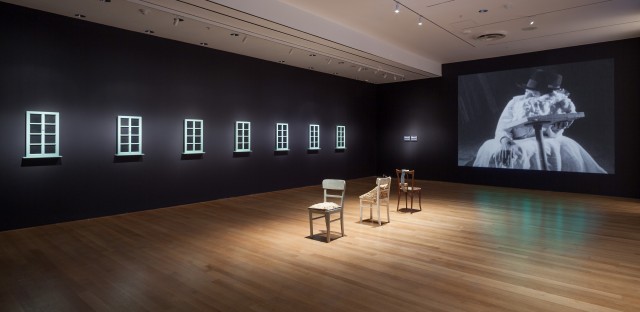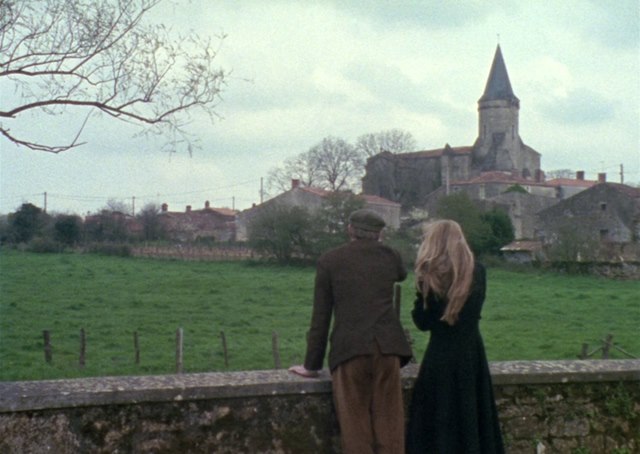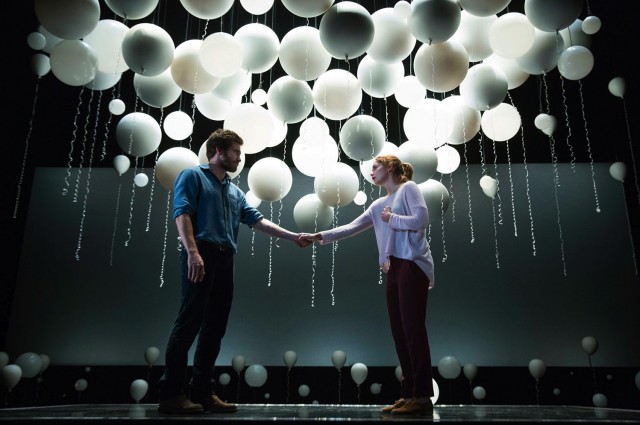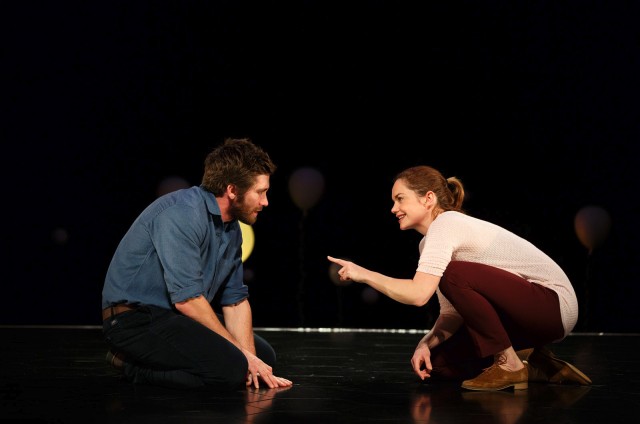BROADWAY BY THE YEAR
The Town Hall
123 West 43rd St. between Sixth Ave. & Broadway
Sunday, February 23, Monday, March 30, Monday, May 11, and Monday, June 22, 8:00, $47-$57 per show, $180-$220 subscription for all four programs
212-840-2824
www.thetownhall.org
www.siegelpresents.com
In the December 31 edition of “The Siegel Column” for Theater Pizzazz!, the husband-and-wife team of Scott and Barbara Siegel examined the state of the Broadway musical, writing, “The current crop of new musicals — both brand new and new productions of revivals — are tanking left and right. What’s up?” Their theory? “Producers are banking too heavily on good reviews from the New York Times.” The Siegels know what of they speak; for years, they have been regulars on the city’s theater and music scene, covering Broadway, off-Broadway, and off-off-Broadway shows in addition to cabaret. Both are voting members of the Drama Desk, where Barbara chairs the nominating committee, so she has to see more than three hundred productions every season. Meanwhile, Scott hosts a multitude of music-related events in addition to attending hundreds of shows with his wife as well. “It’s like a rollercoaster going from show to show,” Barbara says, “but the ride is accompanied by a fantastic scoring of Broadway music.”
Scott’s signature event is “Broadway by the Year,” which is about to begin its fifteenth year at Town Hall. Since 2001, Scott has been pairing performers with musical numbers from a particular Broadway season, but for the fifteenth anniversary, he will be honoring quarter-centuries, paying homage to the Broadway musicals of 1916 to 1940 on February 23, followed by 1941 to 1965 on March 30, 1966 to 1990 on May 11, and 1991 to the present on June 22. The February 23 show will feature a host of Tony, Grammy, and Drama Desk winners and nominees, including Tonya Pinkins, Steve Ross, Karen Ziemba, Emily Skinner, John Easterlin, and Nancy Anderson. While preparing for this and other shows, Scott discussed theater, music, and the many hats he wears.
twi-ny: This year you’re celebrating the fifteenth anniversary of “Broadway by the Year.” Did you ever anticipate that it would be still going strong all this time later?
Scott Siegel: When the series got started, I could never have guessed that it would reach a fifteenth season and that we would be sponsored by Bank of America. Nor would I have guessed that last year we would have changed the format to have over one hundred stars over the course of our season — which we are boldly attempting to do again this year. Getting so many stars willing to commit their time to our shows is almost as great a testament to our staying power as the loyal subscriber base that makes the whole series possible.
twi-ny: How did it initially get started?
SS: That’s a long story. Suffice it to say that I had a concept that Town Hall embraced and they asked me to produce it for them. At that time, I was exclusively a writer/critic. I had not produced anything whatsoever before the very first “Broadway by the Year.” Believe me, having your first experience as a producer putting together a show in a 1,500-seat landmarked theater is pretty daunting. But at its very core, “Broadway by the Year,” while it may have more bells and whistles by way of production values, is still very much the same concept now as it was fifteen years ago. Essentially, I put the music first and foremost; the historical context that I provide from the stage is there only to set up the songs (and hopefully entertain a little bit, too).
twi-ny: For your fifteenth season, you’re hosting four presentations, each one representing twenty-five years. Do you have a particular favorite quarter-century?
SS: Generally, I prefer the twenties and thirties the most because that’s when there were so many great composers / lyricists at work. All that Berlin, Kern, Gershwin, Porter, Romberg, etc.
twi-ny: What was it like in the early years, when you were just starting out, to get stars to participate?
SS: Wonderful question! I’ll tell you the secret. Provide singers with great material, a lot of support, a fun and rewarding experience, and they tell their friends. The very first concert had Jason Graae, Heather MacRae, and Sally Mayes — just those three. Not long after, I saw Liz Callaway at Joe’s Pub and went backstage to say hi and ask her to do the next “Broadway by the Year.” Before I could ask her, however, she said, ‘My friend Jason Graae just did one of your concerts and had a ball. Can I do one?’ Liz has been one of our regulars, appearing in one of the concerts almost every season since then. That’s how I got over one hundred stars last year and why I’ll get them this year :).
twi-ny: You also put together “Broadway Unplugged” and the Nightlife Awards, have written many books and columns, have led film seminars, had a radio show, are producing “Maxine Linehan: Beautiful Songs” at the Metropolitan Room — and still find the time to go to hundreds of Broadway, off-Broadway, and off-off-Broadway shows with your wife. You must be out nearly every night of the year.
SS: I’m exhausted just hearing all of that. Actually, the only time either of us takes a break is when we break down, getting sick. It really helps that we love what we do. And every day is different, so it never gets boring.
twi-ny: What would an actual break entail for you?
SS: We’re often asked that. On the rare times when we leave New York, it’s usually to do the same stuff we do here someplace else. A musical festival in Quebec City — things like that. We’re not the types to lie on a beach in the sun.

Scott Siegel is celebrating the fifteenth anniversary of his popular “Broadway by the Year” series at Town Hall
twi-ny: You and Barbara appeared on The Joe Franklin Show. What was that experience like?
SS: Barbara is the shy one. She didn’t appear on the show, but I did the TV show with Joe several times, and I was on his WOR radio show many times as well. Whenever Joe would see me, he would always greet me with “Mr. Siegel, make it legal,” and ask me if I knew who sang that song. I would always answer Sophie Tucker, and he would always pretend to be amazed that I knew that. Joe was a genuine New York character and I’m glad I had the chance to know him.
twi-ny: In your opinion, what’s the current state of the Broadway musical?
SS: Such a big question. For the most part, today’s Broadway musicals are tourist attractions; they have to be in order to be successful. A show can only run for about three months, at most, with the core New York theater audience. That’s why the more daring and interesting musicals are off-Broadway. When one of them takes off with great reviews and major buzz, it can move to Broadway and compete — like Fun Home, which is coming to Broadway from the Public. But it’s an uphill battle. I’m always impressed when a show without stars, just good music, a good book, and talented actors, can swim upstream and succeed, like Memphis and A Gentleman’s Guide to Love and Murder. They are the wonderful exceptions to the rule.
twi-ny: What are some of your favorites that are playing right now?
SS: As for brand-new musicals that are running right now, I’m a fan of Honeymoon in Vegas. The music and lyrics are terrific — and the show is so beautifully crafted. It just works like an old-fashioned, well-made Broadway musical. I would say about Hamilton, at the Public, that it’s going to be considered one of the most important musicals of our era.

